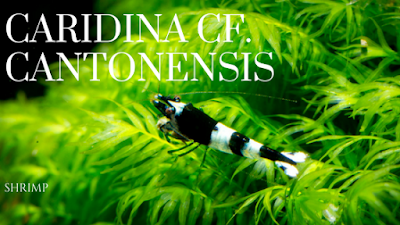General Specifications
Latin Name: Siganus vulpinus
Geographic Origin: Western Pacific: western Philippines, Indonesia, New Guinea, Great Barrier Reef, Vanuatu, New Caledonia, Caroline Islands, Marshall Islands, Nauru and Kiribati. Lately there has been in Tonga.
Living Area: Usually in coral reefs and lagoons, maximum depth of 30 m.
Nutrition Format: Herbivore, diet consists of fresh vegetables and a variety of undesirable algae. Some soft and hard coral polyps are likely to bite and eat. They will accept flake of high quality vegetable. Cyanobacteria, sea algae, the algae in tank including hair algae will be completely eliminated.
Behavior: Peaceful
Behavior to Their Type: Moderately aggressive
Gender Discrimination: It is difficult to determine the difference between male and female.
Reproduction
They shed plain eggs. It is difficult to produce. It is believed that the partnership lasted until his death the couple.
Living Medium
Light: Normal
Salinity: 1020-1025
Temperature: 22 ° C - 26 ° C
Maximum Sizes: 25 cm.
Minimum Aquarium Capacity: 300 liters
Reef Compatibility: Caution should be. If the problem if it is not well fed, otherwise they may bite some LPS and soft corals (usually zoanthids and button polyps).
Water Hardness: 8 - 12 ° dH (medium - hard)
pH: 8.1 - 8.4
General Comments: Foxface rabbitfish, popular for beginners and experienced aquarists, attractive and durable fish. Usually found in the form of single or dual in rich regions of the lagoon and coral reef. They have noise like mouth to eat algae and other plant foods. There are poisonous spines in the dorsal and anal fins. Because of that must be dealt with caution. Poison is not as strong as a lion fish bites but it causes a bad pain. Because of poisonous dorsal spines predators leave them alone. They have color changing ability, when thwt are stressful or in unfamiliar environments they turn their color to dark brown.






